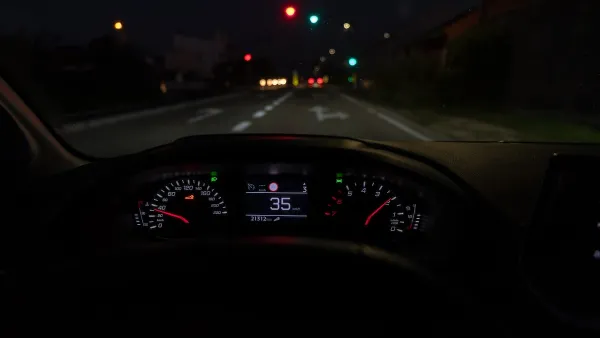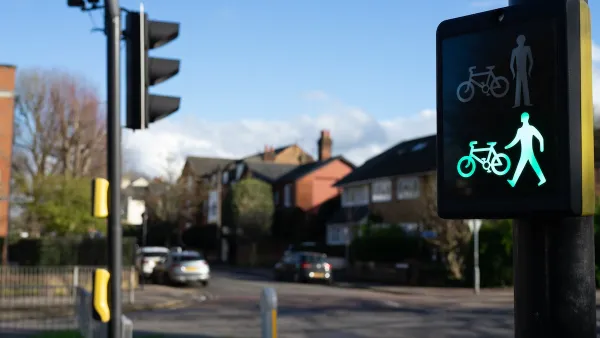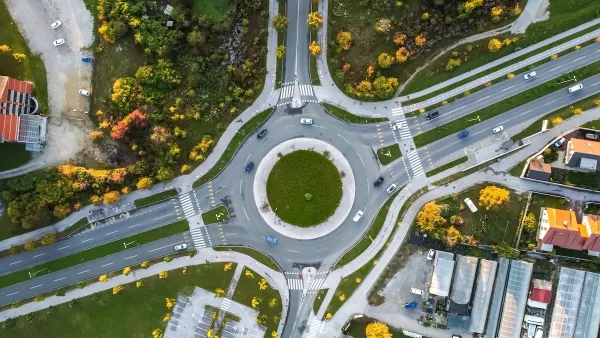New research assesses the potential implications of reduced car ownership on the design of roads and communities.

A new report from the Institute of Transportation Engineers analyzes how a decline in vehicle ownership could change the way planners design cities, reports Lori Aratani in The Washington Post.
The findings highlight the differing needs of people who choose to not own a car and people who are carless by necessity due to the high cost of car ownership or other barriers. “The report recognized that not having a car might not be a choice — some can’t afford to own and maintain a vehicle — which the study said underscores a need to adopt strategies to address such inequities.”
Civil engineer Douglas S. Halpert spoke with The Washington Post about the report, saying that “You’re already seeing changes in roadway design to accommodate additional modes other than personal vehicles, and there are more analysis metrics for operations other than delay and safety, which are becoming more generally accepted.”
According to the article, “The report’s authors want policymakers to consider whether transportation infrastructure funding is being invested in a balanced way that meets the needs of all travelers.” Halpert added that providing effective and attractive alternative transportation options is key to incentivizing people to reduce their car use.
FULL STORY: How a future with fewer cars may change how communities are designed

National Parks Layoffs Will Cause Communities to Lose Billions
Thousands of essential park workers were laid off this week, just before the busy spring break season.

Retro-silient?: America’s First “Eco-burb,” The Woodlands Turns 50
A master-planned community north of Houston offers lessons on green infrastructure and resilient design, but falls short of its founder’s lofty affordability and walkability goals.

Delivering for America Plan Will Downgrade Mail Service in at Least 49.5 Percent of Zip Codes
Republican and Democrat lawmakers criticize the plan for its disproportionate negative impact on rural communities.

Test News Post 1
This is a summary

Test News Headline 46
Test for the image on the front page.

Balancing Bombs and Butterflies: How the National Guard Protects a Rare Species
The National Guard at Fort Indiantown Gap uses GIS technology and land management strategies to balance military training with conservation efforts, ensuring the survival of the rare eastern regal fritillary butterfly.
Urban Design for Planners 1: Software Tools
This six-course series explores essential urban design concepts using open source software and equips planners with the tools they need to participate fully in the urban design process.
Planning for Universal Design
Learn the tools for implementing Universal Design in planning regulations.
EMC Planning Group, Inc.
Planetizen
Planetizen
Mpact (formerly Rail~Volution)
Great Falls Development Authority, Inc.
HUDs Office of Policy Development and Research
NYU Wagner Graduate School of Public Service





























